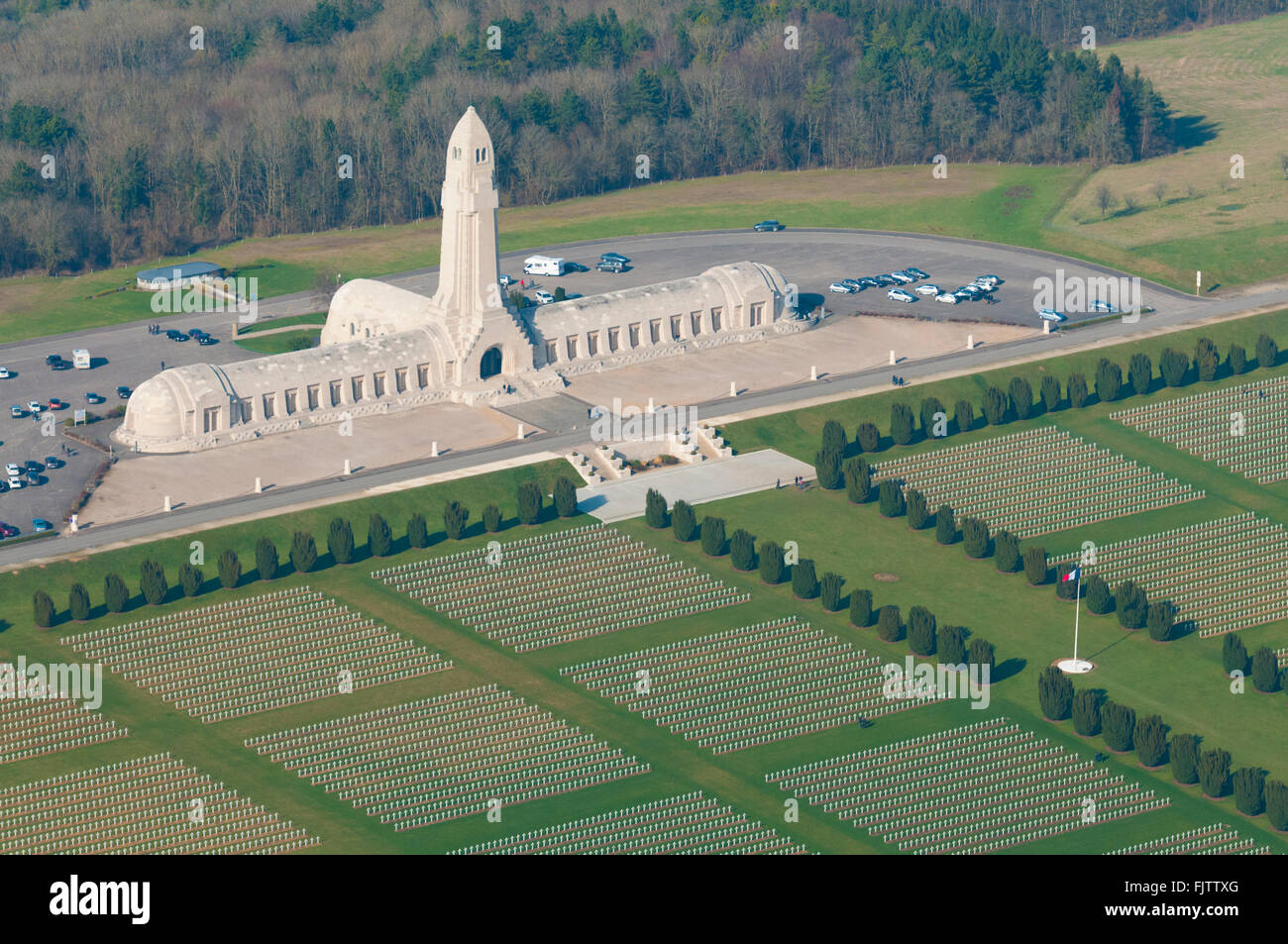


Verdun was also important for psychological reasons. The Sainte-Ménehould railway was to be cut off early in the battle. These were the railway from Sainte-Ménehould, the small, narrow-gauge "Meusien" railway and the road from Bar-le-Duc to Verdun. In 1915 many French troops and guns were moved from Verdun to the Champagne front.įinally Von Falkenhayn would have been aware of the advantage that the Germans were given by the major communications network in the Verdun region which involved seven railways and also the proximity of the fortified camp in Metz whilst conversely the French had only three supply routes into Verdun. He would also have been aware that the forts of the "Verdun Fortified Region", as the French called the area, were now badly organised, under-equipped and under-manned, this because the French High Command had lost faith in the virtues of permanent fortifications after the Germans had crushed and taken the forts of Liège, Namur and Manonvillers in 1914, and had stripped them of many of their artillery pieces and men. Another reason for the choice of Verdun was that it was cut in half by the River Meuse which would make it harder for the French to defend their position. The front line at Verdun was in fact around the edge of a salient, similar to those at Ypres and St Mihiel and this would have influenced Von Falkenhayn's decision to chose Verdun for this major attack with a salient one can launch converging attacks from two sides. This section was subdivided into the Northern, the Eastern and the Centre sectors and were under the command of Generals Foch, Langle de Cary and Dubail respectively. The following day the French was forced to retreat to their second line of trenches and by 24 February had moved back to their third line and were only 8 km from Verdun.īy early 1916 one could divide the Western front into the section from the North Sea to the Somme which was defended by French, British and Belgian forces and the section from south of the Somme to the Swiss border which was defended solely by the French. The attack started on 21 February 1916, and a million German troops, led by Crown Prince Wilhelm, were to be faced by 200,000 French defenders. Verdun was a fortified French garrison town on the River Meuse, 200 km east of Paris and in December 1915, General Erich von Falkenhayn, Chief of Staff of the German Army, decided to launch a major attack against it. The Battle of Verdun The Battle of Verdun What a massacre! What scenes of horror and carnage! I cannot find words to translate my impressions. One French Lieutenant at Verdun who was later killed by an artillery shell wrote in his diary on

List of World War I cemeteries and memorials at Verdun 2.20 Documents at the National Archives in Kew.2.16 Memorial to the men of the 130th Division at Douaumont.2.13 Memorial to the men who maintained the Voie Sacrée at Moulin-Brûlé.2.12 The chapel of Saint-Nicolas at Fleury-devant-Douaumont.2.11 The wall of the Israelites at Fleury-devant-Douaumont.2.8 Memorial to 137th Regiment of Infantry/The Bayonet Trench.2.6 The monument at Mort Homme and that to the 40th French Infantry.1 List of World War I cemeteries and memorials at Verdun.How can we create and formalise the link between collective memories and the history of national awareness? How can we view and understand a territory whose very identity serves as a reminder of the most inhuman confrontations? What meaning can we give to modern architecture so that it can accompany the memorial and bring it into the present? Our proposal is based around 4 strong ideas: working with the site’s morphology and the limits of the landscape to give the project a position in the landscape, respecting the Memorial and showcasing it through “tensioning” rather than juxtaposition or stacking, through modern architecture with pure and precise shapes, giving the new unit the consistency and precision required to be a part of History, and to uncover the territory’s symbolic strength, offering a diverse indoor journey to visitors, a balance between significant clarity associated with a museum experience punctuated by views of the landscape. In addition to just presenting the history, this project offered a challenge: showcasing the location’s significant historic symbolism.


 0 kommentar(er)
0 kommentar(er)
